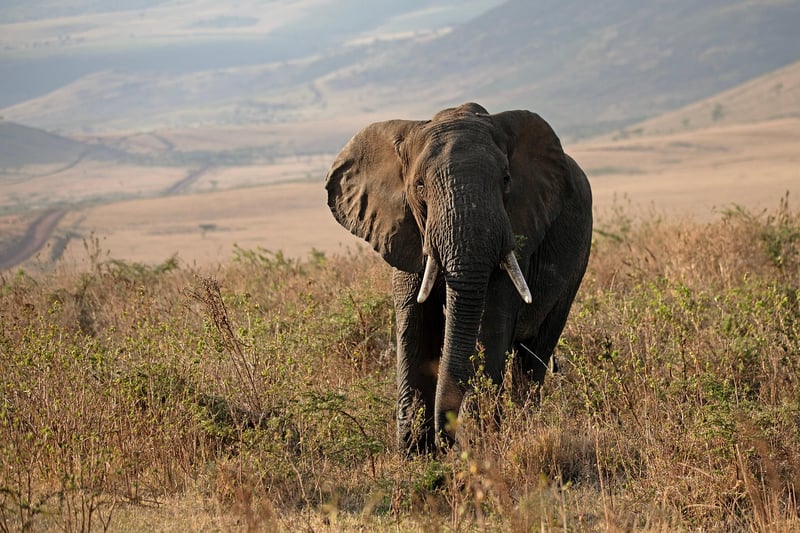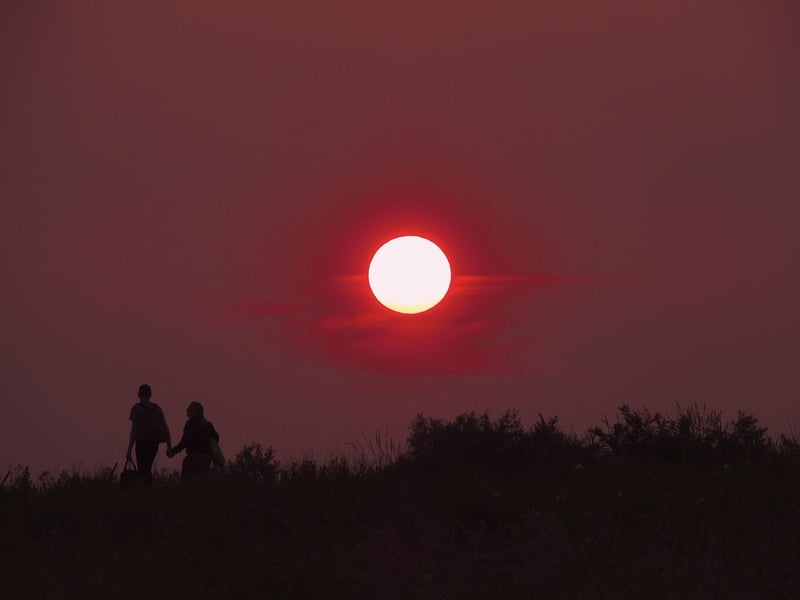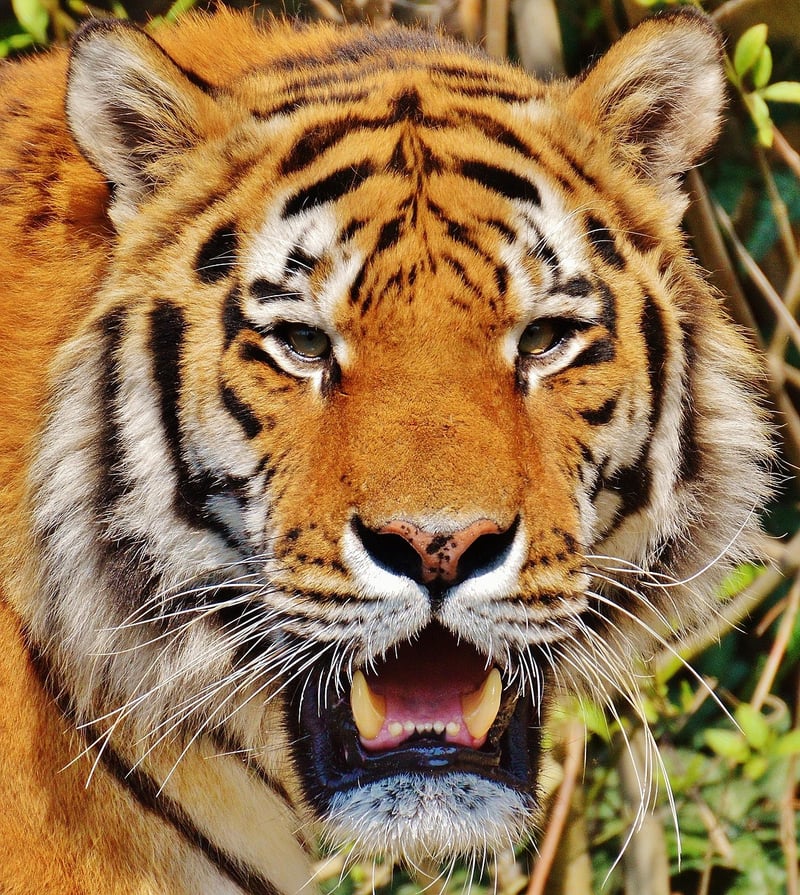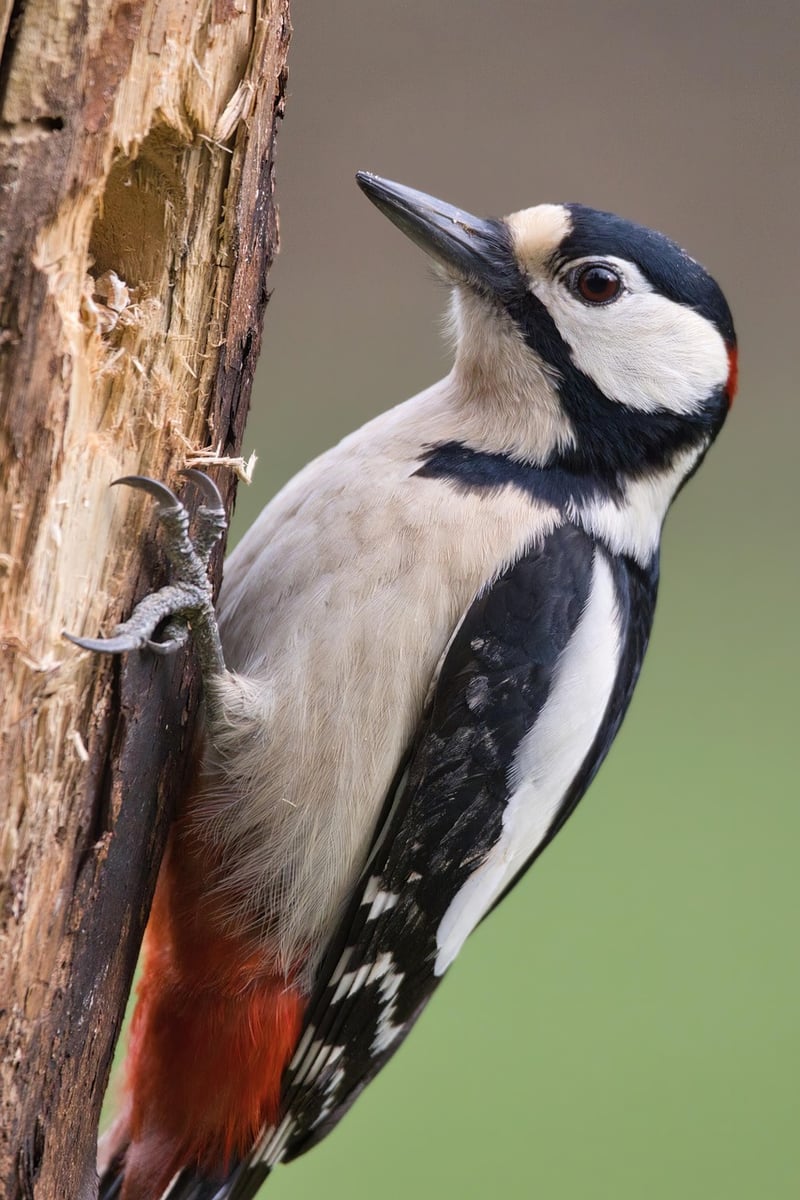Wildlife Photography
Capturing Stunning Visuals: The Art of Wildlife Photography

Welcome to the fascinating world of wildlife photography, where capturing the raw beauty of nature and its inhabitants is an art form. Whether you are a beginner or a seasoned photographer, venturing into wildlife photography offers a unique opportunity to connect with the natural world and showcase its wonders through stunning visuals.
1. Understanding the Basics
Before embarking on your wildlife photography journey, it's essential to understand the basics of photography, such as exposure, composition, and lighting. Familiarize yourself with your camera gear and settings to ensure you can capture those fleeting moments in the wild.
2. Patience is Key
Wildlife photography requires patience and perseverance. Animals can be unpredictable, so be prepared to spend time observing their behavior and waiting for the perfect shot. Remember, patience often leads to the most rewarding photographs.
3. Research and Preparation
Prioritize research and preparation before heading out into the wild. Learn about the habitats and behaviors of the animals you wish to photograph, as this knowledge will help you anticipate their movements and capture unique moments.
4. Get Up Close and Personal
One of the key aspects of wildlife photography is getting up close to your subjects. Invest in quality telephoto lenses to capture intricate details and maintain a safe distance from the animals. Remember to respect their space and environment at all times.

5. Embrace Natural Light
Utilize natural light to enhance your wildlife photographs. Early mornings and late afternoons offer soft, warm light that can add a magical touch to your images. Avoid harsh midday sunlight, as it can create unflattering shadows.
6. Tell a Story
Great wildlife photographs go beyond mere visuals; they tell a story. Capture the interactions between animals, their surroundings, and the emotions they evoke. Aim to create images that resonate with viewers and convey the beauty of the natural world.
7. Practice and Experiment
Like any form of art, wildlife photography requires practice and experimentation. Don't be afraid to try new techniques, angles, and compositions. Push your creative boundaries to develop a unique style that sets your work apart.

8. Respect Nature
As a wildlife photographer, it's crucial to respect and protect the natural world. Avoid disturbing animals or their habitats for the sake of a photograph. Practice ethical photography and contribute to conservation efforts that help preserve wildlife for future generations.
Embark on your wildlife photography adventure with a passion for nature, a keen eye for detail, and a deep appreciation for the beauty that surrounds us. Let your photographs tell the stories of the wild and inspire others to connect with the wonders of our planet.
Happy shooting!
